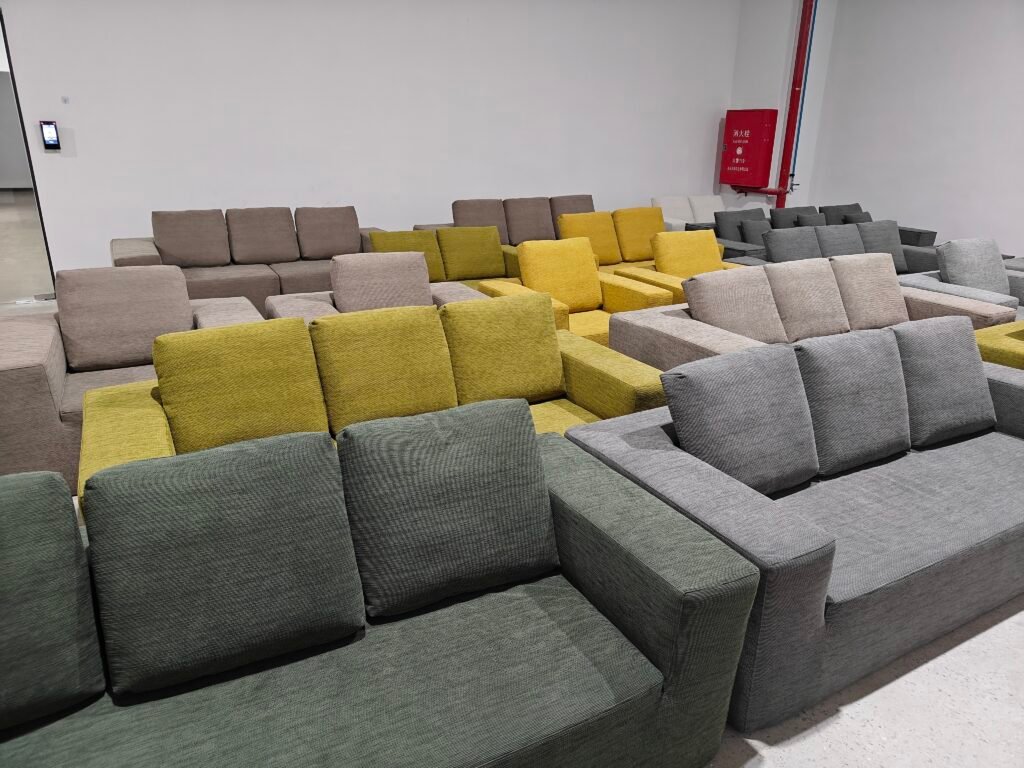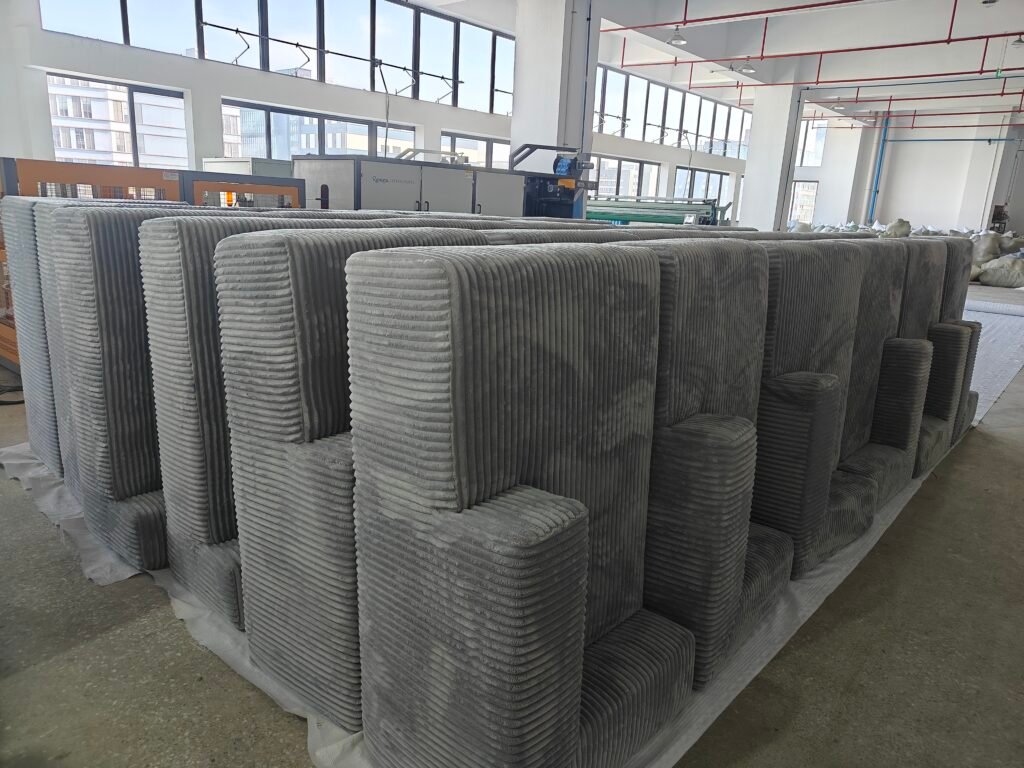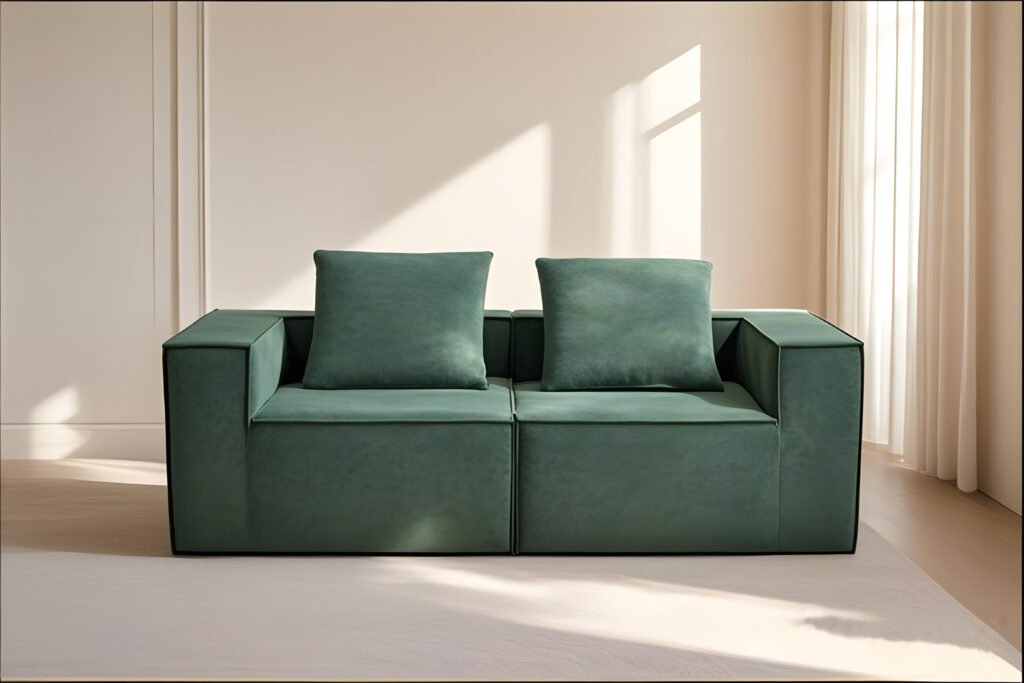
Introduction
In the rapidly expanding world of online furniture sales, selecting the optimal sofa size and compression method is crucial for B2B brands, manufacturers, and distributors targeting e-commerce channels. The right choices can improve shipping efficiency, reduce logistics costs, minimize product damage, and enhance customer satisfaction. Drawing inspiration from the methodology used to select glass jar capacities and sealing methods for jams and pickles, this guide provides a comprehensive, B2B-focused approach to choosing sofa sizes and compression techniques tailored for the unique demands of e-commerce in 20252.
Assess Your E-Commerce Market and Target Customer Needs
Begin by analyzing your primary e-commerce markets and end-user profiles. Consider factors such as:
- Typical Living Space Sizes: Urban apartments, suburban homes, and commercial spaces all have different requirements.
- Popular Sofa Types: Single-seaters, loveseats, sectionals, and modular sofas each serve distinct market segments.
- Delivery Constraints: Evaluate the average delivery environments—tight stairwells, elevators, or curbside drop-offs—to determine the maximum practical sofa dimensions.
Understanding these variables ensures that your product range aligns with the expectations and logistical realities of your B2B clients and their customers.


Sofa Size Selection: Balancing Comfort, Functionality, and Logistics
1. Define Standard Size Categories
Offer a range of sofa sizes, such as:
- Single/Chair: 30–50 inches, ideal for compact spaces and quick delivery.
- Loveseat: 48–72 inches, suitable for small living rooms or offices.
- Standard 3-Seater: 72–96 inches, the most versatile for family and commercial use.
- Sectional/Modular: 94–156+ inches, for large spaces or customizable layouts.
2. Optimize for Shipping and Storage
Select sizes that maximize container and pallet utilization. For example, a sofa that can be compressed to fit within standard carton dimensions (e.g., 40"x30"x15") will reduce shipping costs and warehouse space requirements.
3. Consider Return and Exchange Logistics
Smaller, modular, or easily compressed sofas are less likely to incur high return shipping costs and are easier for customers to handle if exchanges are necessary.


Choosing the Right Compression Method
1. Vacuum Compression
The most popular method for e-commerce, vacuum compression reduces sofa volume by up to 85%, allowing for compact packaging and lower freight charges. It is ideal for foam and hybrid sofas that can rebound without damage.
2. Roll-Packing
Suitable for certain foam sofas and mattresses, roll-packing involves tightly rolling the sofa and sealing it in plastic. This method is best for products with high flexibility and resilience.
3. Modular Disassembly
For sectional or large sofas, modular disassembly allows each component to be compressed and packed separately. This approach offers flexibility for B2B buyers and simplifies last-mile delivery.
4. Protective Packaging Materials
Regardless of compression method, use high-density foam, reinforced cartons, and moisture barriers to prevent damage during transit. Include clear unboxing and assembly instructions to reduce customer service inquiries.
E-Commerce-Specific Considerations
- Branding and Unboxing Experience:
Well-designed packaging and easy-to-follow instructions enhance the customer experience and reduce negative reviews. - Sustainability:
Use recyclable or biodegradable materials to appeal to environmentally conscious buyers and meet regulatory requirements. - Compliance and Certifications:
Ensure your products and packaging comply with fire safety, chemical, and labeling standards in your target markets.


Step-by-Step B2B Selection Process
- Analyze Market Data: Review sales and return data from e-commerce platforms to identify top-performing sizes and compression types.
- Consult with Logistics Partners: Coordinate with shipping and fulfillment providers to determine optimal carton sizes and weight limits.
- Prototype and Test: Produce sample sofas using different compression methods and sizes, then simulate shipping and delivery scenarios.
- Gather Feedback: Collect input from B2B clients and end-users on ease of delivery, assembly, and comfort post-compression.
- Finalize Offerings: Standardize on the most efficient, popular, and cost-effective sizes and compression methods for your e-commerce catalog.
Conclusion
Choosing the right sofa size and compression method for e-commerce is a strategic decision that impacts every stage of the B2B supply chain—from manufacturing and logistics to customer satisfaction and brand reputation. By systematically analyzing market needs, optimizing packaging, and leveraging advanced compression technologies, furniture brands can gain a decisive edge in the competitive online marketplace of 20252. If you need further guidance on supplier selection, packaging design, or compliance strategies, let me know!